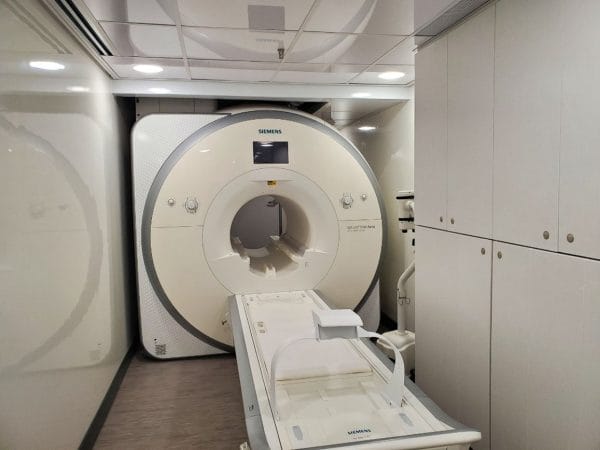Maximizing ROI with Mobile Imaging Solutions
 In today’s evolving healthcare landscape, administrators are continually asked to do more with less—expand access to services, improve patient outcomes, and manage costs effectively. One of the most capital-intensive areas of modern healthcare is diagnostic imaging. From MRI and CT scanners and PET/CT , traditional imaging infrastructure requires a significant financial commitment.
In today’s evolving healthcare landscape, administrators are continually asked to do more with less—expand access to services, improve patient outcomes, and manage costs effectively. One of the most capital-intensive areas of modern healthcare is diagnostic imaging. From MRI and CT scanners and PET/CT , traditional imaging infrastructure requires a significant financial commitment.
But what if there was a way to access advanced imaging without the high upfront costs, facility modifications, or long-term investment risk? That’s where mobile imaging solutions come in. For many healthcare organizations, mobile MRI and CT units are not only a clinical asset—they’re a strategic financial decision. Here’s how mobile imaging can help maximize return on investment (ROI) while delivering exceptional care.
Minimized Capital Expenditure
Purchasing a fixed MRI scanner can easily run into the $1–3 million range, not including room construction, shielding, HVAC upgrades, or staffing. For smaller hospitals, rural facilities, and outpatient centers, that investment may not be financially feasible—or necessary.
Additionally, while purchasing a refurbished scanner can cost up to $1 million, the risk lies in acquiring a unit that wasn’t properly maintained or fully refurbished—potentially leading to higher repair costs and operational issues after installation.
Mobile imaging offers an alternative model: lease or rent a fully equipped MRI or CT unit on a short-term or long-term basis. This eliminates the need for capital investment, reduces risk, and gives healthcare systems flexibility in managing their imaging budget. For healthcare administrators, that means preserving capital for other initiatives—like EHR systems, staffing, or service line expansion.
Faster Time to Service = Faster ROI
Unlike fixed installations, which can take months or even years to plan, build, and activate, mobile imaging units can be deployed within days. This rapid implementation means facilities can begin scanning patients almost immediately, accelerating revenue generation and improving patient throughput.
Hospitals facing temporary scanner outages, renovation delays, or seasonal spikes in demand can maintain continuity of service without interruption. Imaging departments stay productive, and patients receive timely diagnostics—which is essential for both care quality and financial performance.
Enhanced Operational Flexibility
One of the most overlooked financial advantages of mobile imaging is how it aligns with lean, scalable operations. Rather than overinvesting in underutilized equipment, mobile units allow facilities to right-size their imaging capacity based on current needs.
Increased Revenue Retention
Every patient referred outside your facility for imaging represents lost revenue. With mobile units, hospitals and outpatient centers can expand in-house imaging capabilities, reduce external referrals, and keep more diagnostic revenue within their system.
Mobile solutions are also an excellent tool for testing new markets or services. Interested in expanding into neurology or orthopedic imaging? Bring in a mobile MRI to gauge patient demand before committing to permanent infrastructure. It’s a low-risk way to explore new revenue streams.
A Smart Investment for Modern Healthcare
Maximizing ROI isn’t about cutting corners—it’s about making smart, flexible investments that support long-term growth. Mobile imaging solutions deliver measurable value through cost savings, faster deployment, operational agility, and expanded revenue opportunities.


